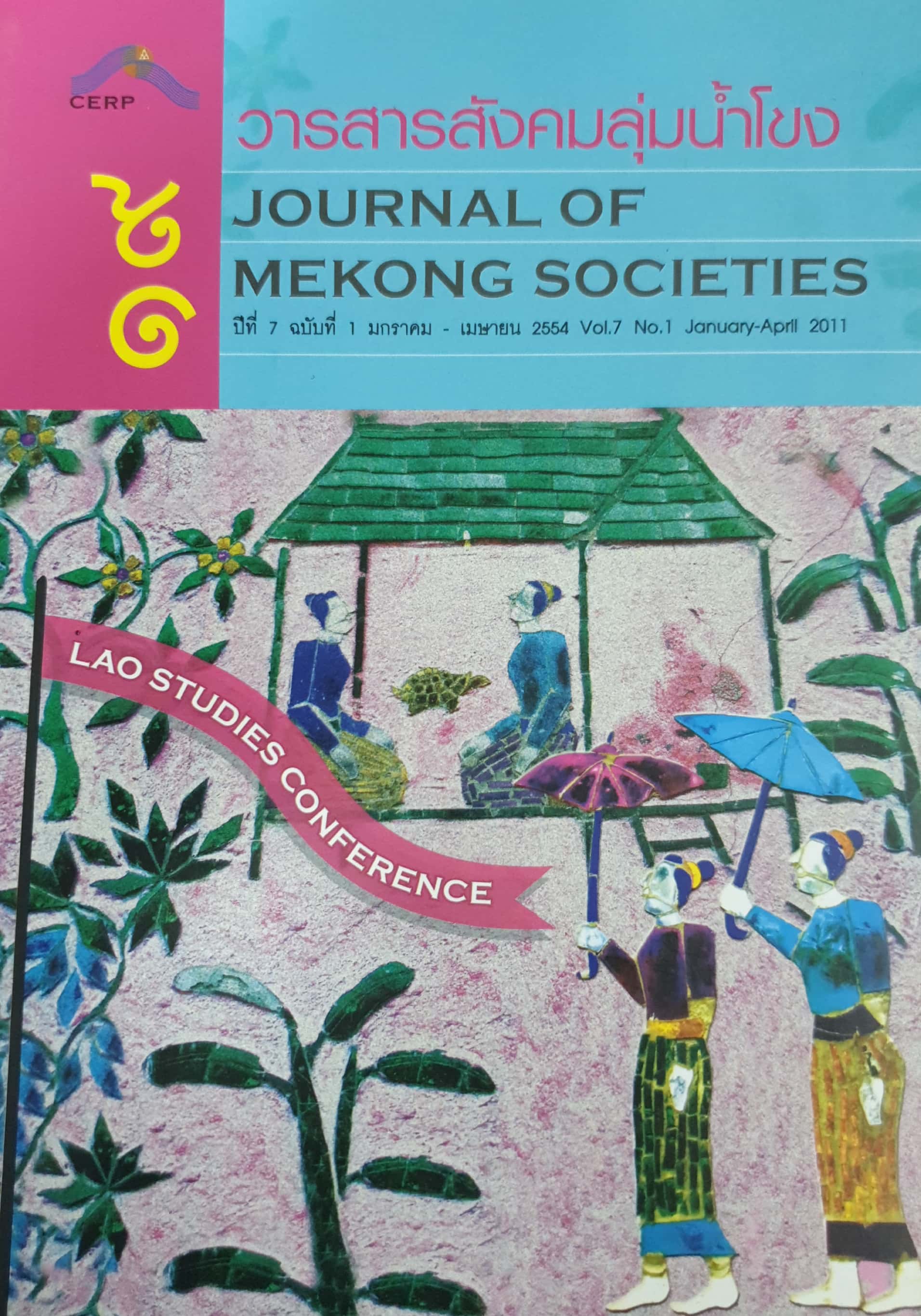Perceptions of the Impacts of Tourism among Rural Communities in Luang Namtha, Luang Prabang, Khammouane and Champasak, Lao PDR
Main Article Content
Abstract
The number of international tourist arrivals to Lao PDR in 2008 reached 1.73 million, generating approximately US$ 275 million in foreign exchange and 17,000 domestic jobs, thus firmly establishing tourism as one of the country’s main engines of economic growth. The majority of Lao PDR’s tourism activity is centered on natural, cultural and historic attractions in Vientiane Capital and UNESCO World Heritage Sites in Luang Prabang and Vat Phou-Champasak. Nevertheless, organized “community-based” tours to rural ethnic villages are also very popular. Many of the latter programs began between 2003 and 2007 as demonstration projects deliberately established by the government in cooperation with tour operators and international development partners such as UNESCO and the Asian Development Bank. Promotion of community-based tourism that is planned and managed by local people is one of Lao PDR’s main strategies to help spread the economic benefits of tourism to rural areas. To better understand rural households’ satisfaction with community-based tourism and gauge their perception of tourism’s impacts, a study was carried out in December, 2007. A standard survey was administered to a sample of 391 families living in 12 villages that participated in the Mekong Tourism Development Project. This article presents the results of the survey and explores some of the factors that may have contributed to substantial variation in ethnic Lao, Khmu, Hmong and Lanten families’ perceptions of how tourism is impacting their communities.


